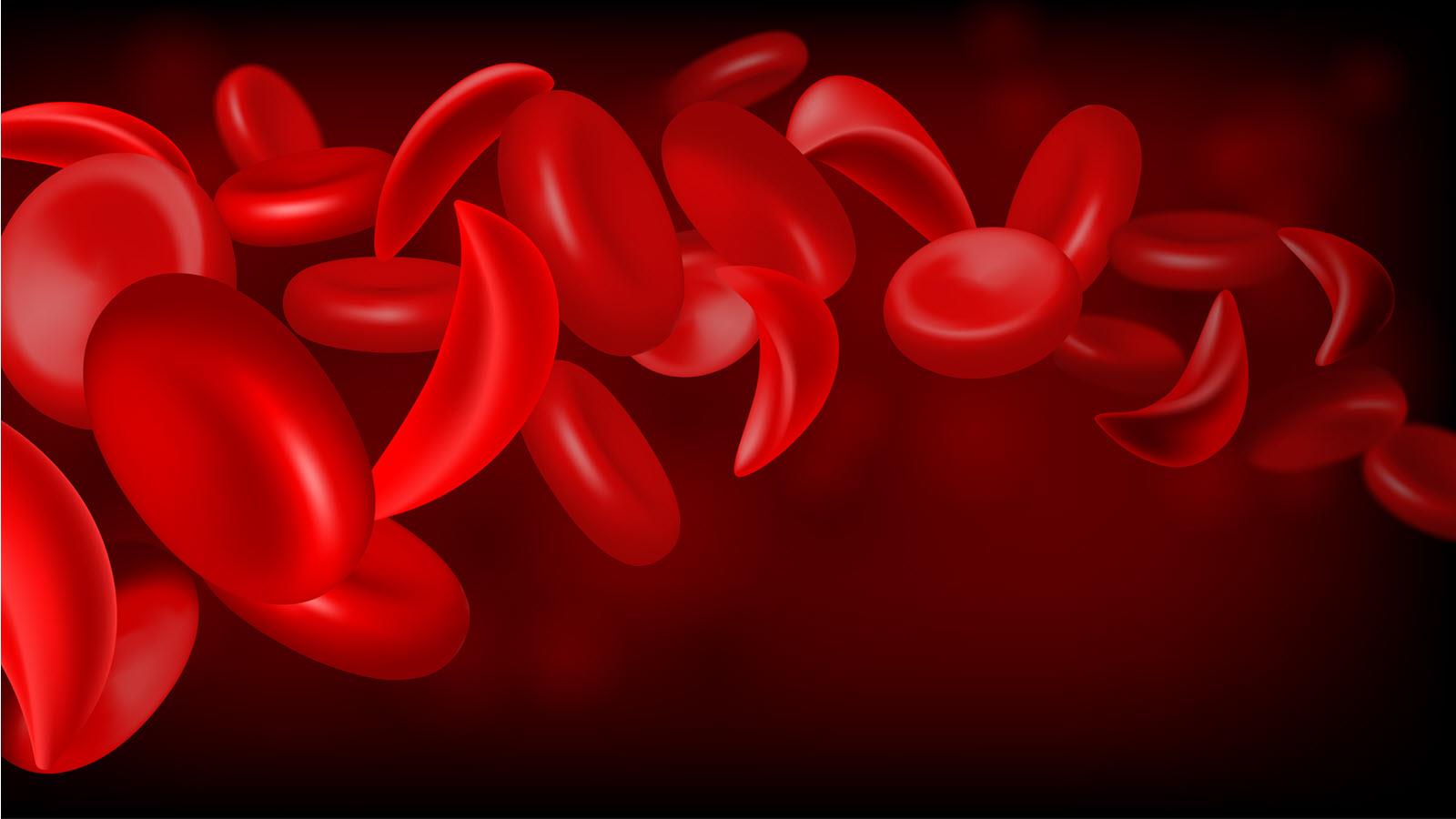A journal article published in the American Journal of Hematology explores the role iron plays in sickle cell disease and makes two tried-and-true points about conducting research and practicing medicine.
- With science, sometimes a counterintuitive approach opens a promising avenue of exploration.
- In the practice of medicine, first, do no harm. Or as the journal article begins, in Latin, “Primum non nocere!”
The review article, authored by a team including CSL’s Dr. Greg Kato, looked at previously published research to probe the question: Can iron deficiency, a condition that causes anemia, benefit people with sickle cell disease (SCD) who already have an anemia? The literature review found “basic science considerations, animal model experiments and noncontrolled clinical observations all suggest a therapeutic potential of iron restriction in SCD.”
That’s a twist on conventional wisdom because, for someone who does not have sickle cell disease, low iron and anemia warrant a doctor’s care and advice about treatment. Someone who has low iron or anemia may experience shortness of breath, low energy, decreased mental function and other symptoms. But turning conventional wisdom on its head could have potential benefits for sickle cell disease patients, many of whom still await new, more effective treatment options, said Kato, Global Product Leader, Therapeutic Area Strategy, Hematology.
“The concept is a scientifically interesting and counterintuitive approach to reduce the trafficking of iron in the blood to developing red blood cells,” he said. “The idea is giving the red blood cells barely enough iron to develop improves sickling and adhesiveness of blood cells.”
Kato is part of an R&D team at CSL that is investigating potential treatments for sickle cell disease. One in 13 African Americans is born with the trait for sickle cell disease, an inherited condition that is passed down from parents to children. Red blood cells that “sickle,” or change into a half-moon or crescent shape, can’t perform their important functions in the body. A simplified explanation is that the sickled cells “get stuck” in blood vessels.
According to the Sickle Cell Disease Partnership, which CSL joined in 2023, sickle cell disease patients live with daily pain and compounding health problems, such as strokes. Some die 20 to 30 years sooner than peers who don’t have the condition.
Kato credited the article’s lead author, Dr. Oswaldo L. Castro, of Howard University College of Medicine, for making the connection about iron levels in sickle cell patients.
“The pivotal point here was the observation by a skilled clinician (Dr. Castro) that the subtle pattern of clinical features of iron deficiency in SCD did not closely conform to what might be naively expected: that iron deficiency would be very bad for someone with inherited anemia,” Kato said.
Read the journal article: Iron restriction in sickle cell disease: When less is more.



